By Dr Michael Bendon.
Some twelve or so years ago, I floated over the rusting remains of a ship off the coast of Western Crete. I was there excavating the ancient site of Phalasarna, a large Classical and Hellenistic maritime city with my colleague, Dr Elpida Hadjidaki. As was my daily practice, I went for a swim to wash off the dust from work and saw the tangled metal superstructure of a vessel on the sandy sea floor.
Once back to shore I asked Elpida about the wreck.
‘Oh that. All the locals know about it but it’s not old. It’s from World War Two,’ she told me. ‘My daughter Nike thinks it’s some sort of landing craft but nobody really knows.’
I asked Dr Hadjidaki, the excavation license holder for the area, if it would be OK to look further into the story.
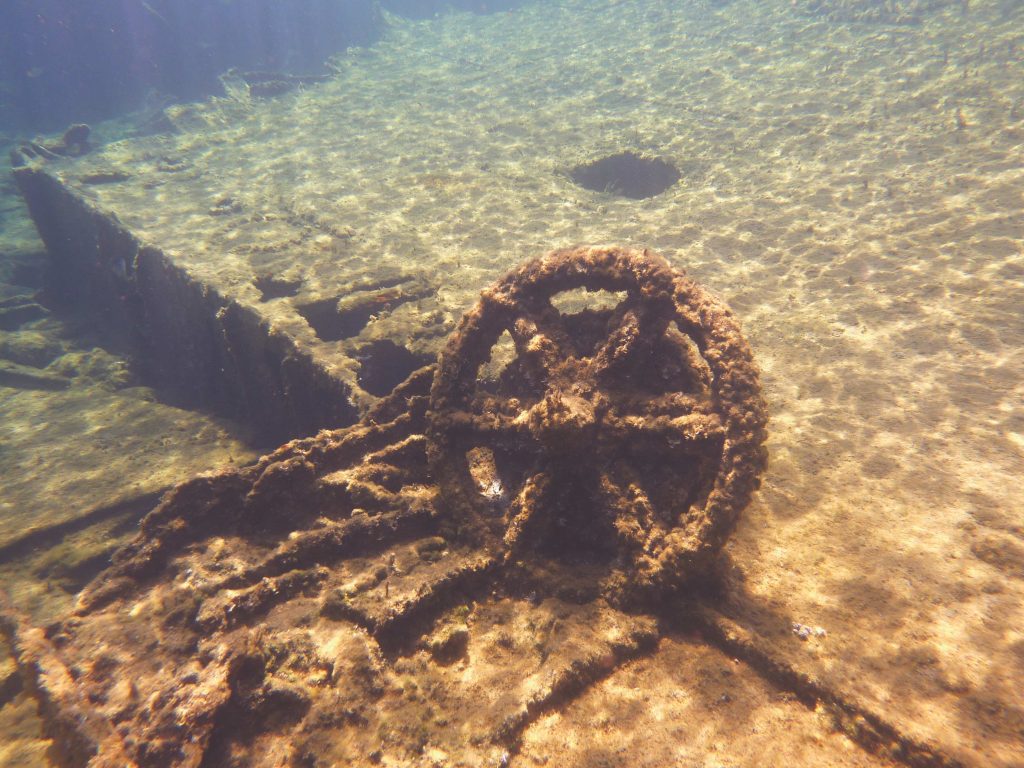
READ MORE: A story told is a life lived: The Battle of Crete.
‘Definitely, as it would be great to actually know what it is and the locals will be sure to have some stories, true or otherwise.’
I began the investigation that very afternoon and at the end of each day’s excavation work on the ancient town I would head back to the wreck site. From that first moment I saw the wreck, I decided any archaeological work I undertook would be ‘non-disturbance’, that is no digging or collecting artefacts, just measurements and photographs. The wreck had been there for over seventy years at that stage and I wanted it to remain as it was found, with only the stories surrounding this mysterious craft revealed.
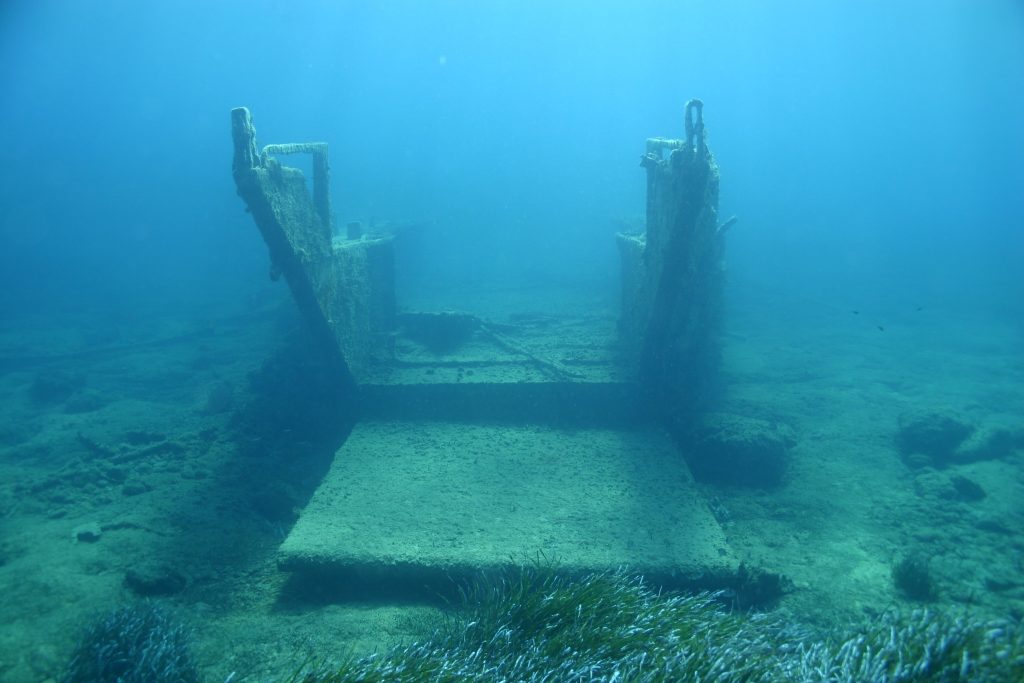
When the excavation season that August had finished, I took the information I had collected and headed to the National Archives in London to see if I could identify the exact vessel type, and if luck was with me, the actual name and mission of the ship. It turned out the vessel I swam over that summer was a secretly developed prototype.
As such, it was completely left out of any of the official histories with the very few mentions I did uncover obscured by layers of secrecy and code names. The cloak and dagger swirling around the development and deployment of the vessel type stemmed from the fact that, at that stage of the war, the Germans had yet to develop such a versatile craft as envisioned by Britain’s Winston Churchill.
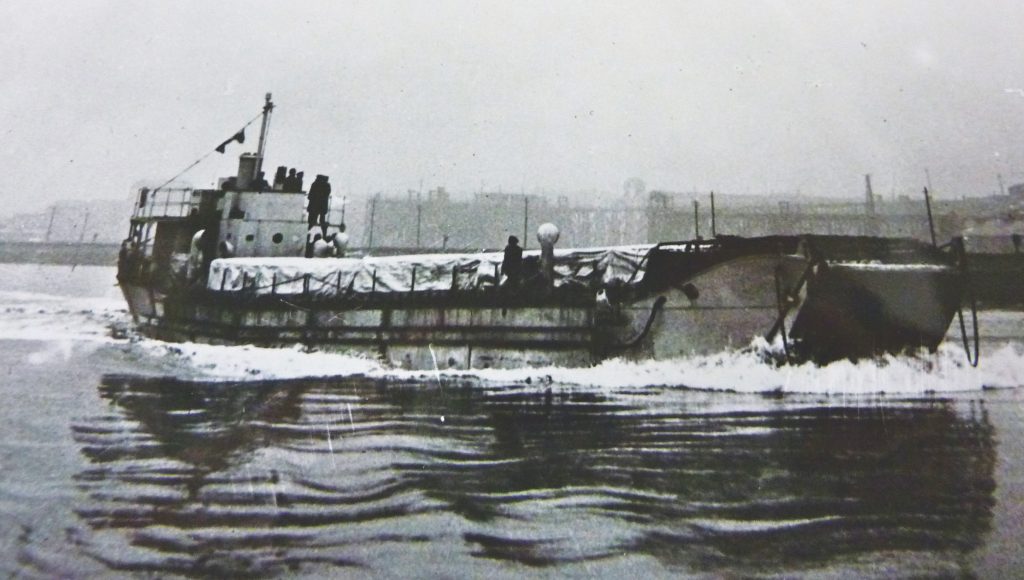
Although not specifically stated anywhere, it is likely much of Churchill’s motivation for the rapid development of this, the Tank Landing Craft, came from the Dunkirk evacuation of late May and early June 1940. In that operation, upwards of 300,000 troops were taken safely from the French coast. However, as there were no suitable vessels to uplift material directly from the beaches, and the docks were too badly damaged, equipment for almost ten divisions was abandoned and left behind. This included ammunition, light and heavy guns, trucks, motorcycles and tanks as well as other supplies. Churchill was not about to let this happen again so less than a month after Dunkirk the first order for the vessels was placed with a number of shipyards.
The vessel type served as the forerunner of later ships of similar but modified design. These first vessels were Tank Landing Craft Mk1s (TLC) but don’t be led to thinking that as landing craft they were small boats carried by other ships to battle areas. They were ships in their own right – 46m long, capable of loading, and unloading, six medium-sized tanks, or at a pinch ferrying up to nine hundred troops. Crucially, they were able to travel almost twelve hundred kilometres on one tank of high-octane petrol.

So, this particular vessel lying off the coast of Crete formed part of a flotilla of twenty craft sent down to the Middle East early in 1941. Winston Churchill planned that this group would spearhead combined operations in the Mediterranean theatre. But such are the fortunes and tides of war that by the time the vessels arrived the situation in Greece had begun to worsen.
The day the German invasion of Greece began, April 6th, the Luftwaffe bombed harbours, quays and wharves to stop the landing of more enemy troops and supplies. The harbour facilities of Pireaus were completely disabled that night when a fully laden ammunition ship, Clan Fraser was hit with the resultant explosion destroying much of the harbourfront. When the Allied evacuation began on April 25th, the lack of loading areas meant that the majority of withdrawing troops had to be taken directly from the beaches and then out to ships waiting some miles offshore. The only method available for this ‘shuttle service’ was the use of smaller craft, including some local vessels.
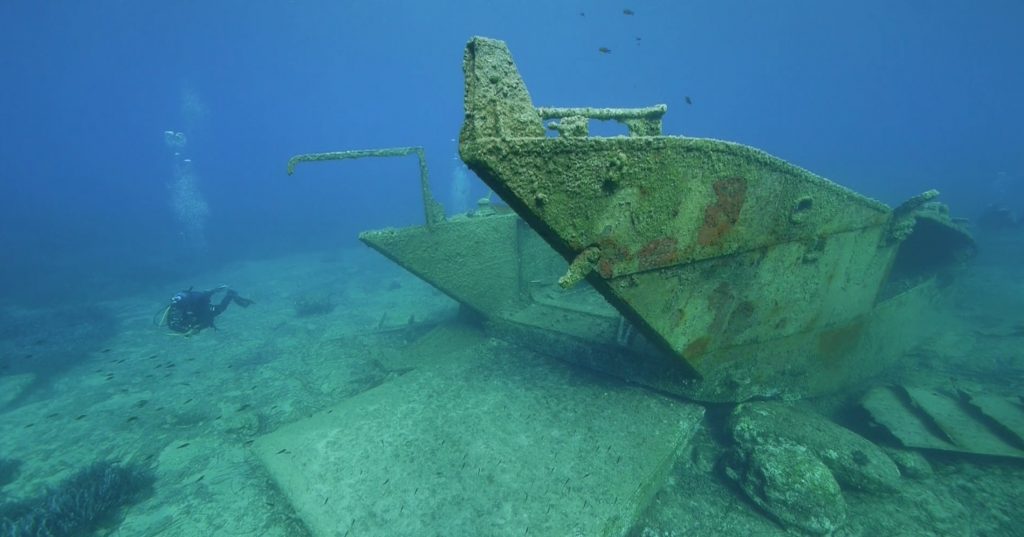
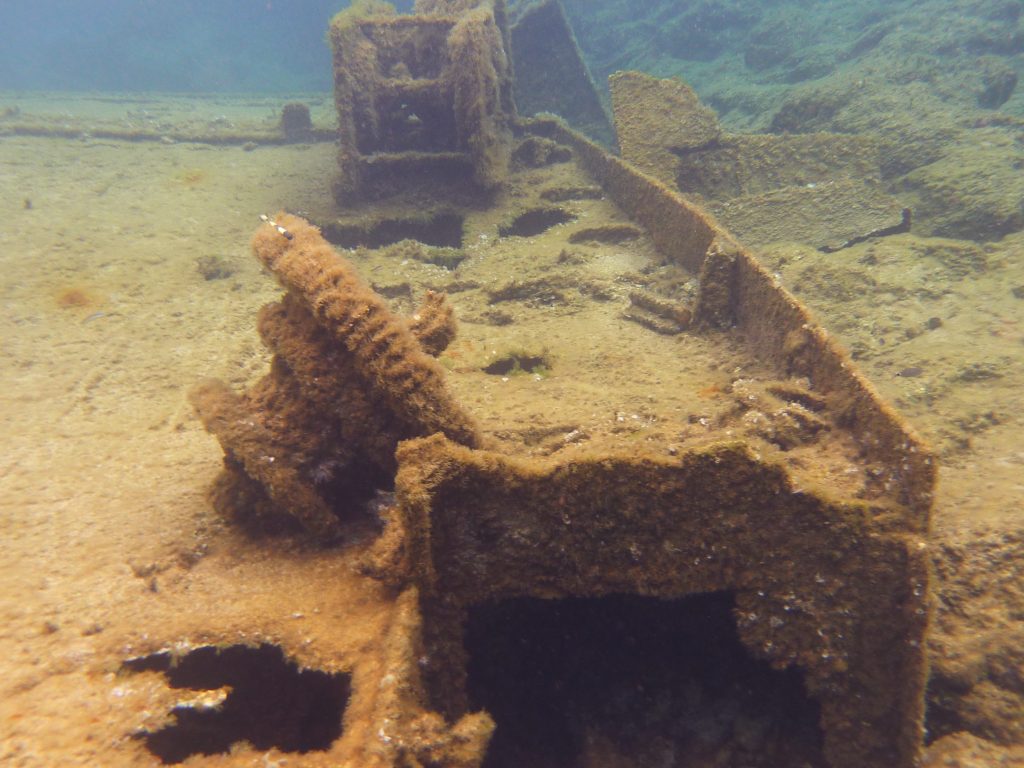
Fortunately, five of the new secret craft had been sent directly to Greece to assist with the evacuation of Allied troops from the southern beaches. Keep in mind their carrying capacity was upwards of 800 men at a time so without their participation 1000s more would have been left at the mercy of the Germans in mainland Greece.
Only one of these vessels made its way safely back to Crete. TLC A6, skippered by a 21-year-old Sub-Lieutenant from the Royal Navy Volunteer Reserve (RNVR) continued to work in Souda Bay and along the northern coast in preparation for the coming German invasion of the island. It was this particular craft that I located on the western coast. It had been sunk on its final voyage around to Sphakia, on the southern coast of Crete, by a wave of Stuka dive-bombers.
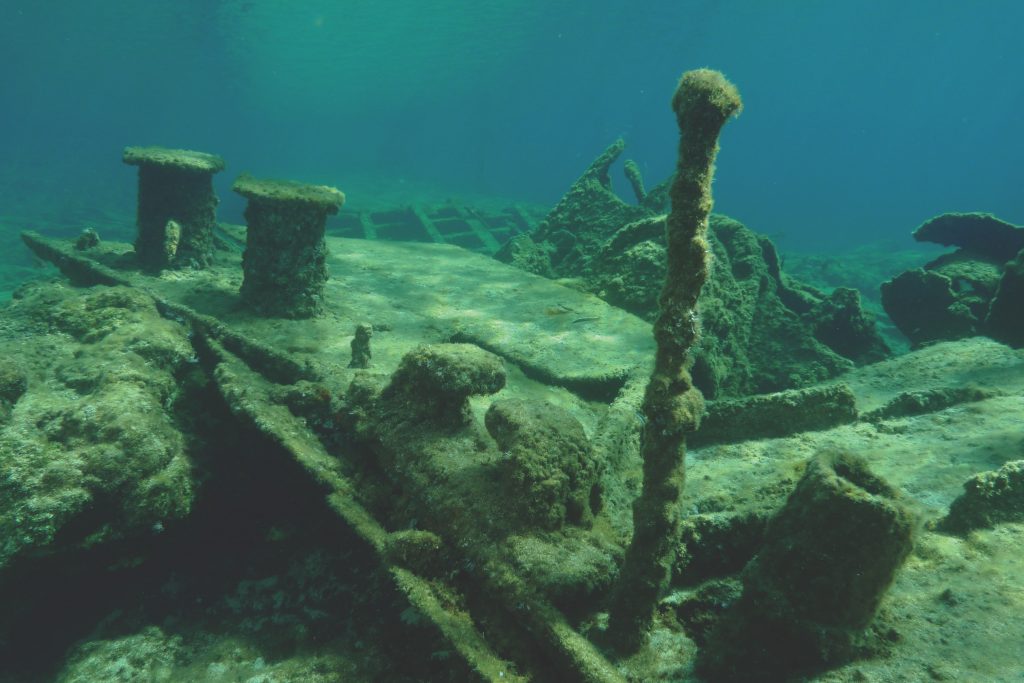
I am most fortunate to have uncovered many, many untold stories associated with these secret craft, not the least being that the very craft I first came across was responsible for carrying to safety many thousands of ANZAC troops during the Greece and Crete campaigns of April and May 1941. Among these stories are actual eye-witness accounts to the demise of the vessel those eighty years ago.
Over the coming weeks, The Greek Herald will feature some of these stories and others from the Greek and Cretan campaigns of 1941.
For more on the Forgotten Flotilla visit www.forgottenflotilla.com

